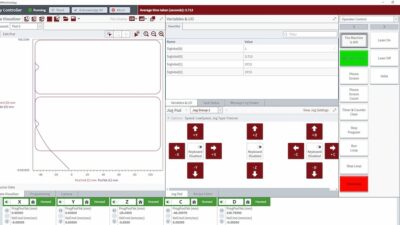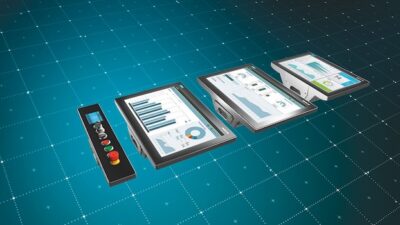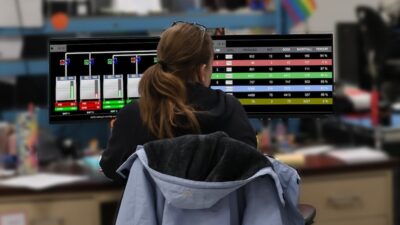When it comes to measuring levels of bulk solids, liquids and everything in between, guided-wave radar technology is now offering more level-detection capabilities than ever. For an increasing range of previously hard-to-measure substances, such as molten sulfur, liquid ammonia and petrochemicals, guided-wave radar transmitters provide accurate level measurements, even in harsh, chemical enviro...
When it comes to measuring levels of bulk solids, liquids and everything in between, guided-wave radar technology is now offering more level-detection capabilities than ever. For an increasing range of previously hard-to-measure substances, such as molten sulfur, liquid ammonia and petrochemicals, guided-wave radar transmitters provide accurate level measurements, even in harsh, chemical environments; under wide variations in operating temperatures and pressures; and when measuring substances with low dielectric constants.
Recent advances have also made guided-wave radar units easier to configure for process applications. Radar transmitters are likewise being integrated with most digital communication protocols. Because the transmitters have no moving parts, this technology has already established a dominant niche in level measuring that outstrips mechanical level-measuring methods, which don’t hold up as well in dirty applications.
Radar achieves non-mechanical level detection by measuring the flight time of a transmitted signal, analyzing it, and displaying level as a measured distance. This process, Time Domain Reflectometry (TDR), involves sending a microwave radar pulse into a vessel, and measuring the exact duration of time between transmitted and reflected signals. Contact with the product is indicated by a change in impedance.
Guided-wave vs. through-air
Through-air instruments are also widely used to measure levels, but they’re accompanied by added parameters. These include reflectivity of a vessel’s inside walls and internal tank obstructions, such as piping, nozzles, ladders, etc. As a result, laptop PCs are often required to configure through-air instruments to yield accurate readings.
In addition, non-contact radar units are sensitive to changes in process conditions, such as product build-up and condensation. Similarly, ultrasound devices remain subject to tank conditions and vapor phases that can affect the speed of sound. If not set-up properly at the receiver, varying and inaccurate readings can occur. Meanwhile, the basic theory behind guided-wave radar helps prevent false echoes.
However, the greatest challenge to most radar transmitters is still obtaining accurate readings in products with a low dielectric constant, in which it can be very difficult to obtain a reflected signal. This is because radar waves pass partially through non-conductive materials, such as liquid propane or butane.
In both guided-wave and through-air radar, the coaxial cable that carries the signal from the transmitter to the process connection typically has an impedance of 50 ohms. Ideally, if that same impedance could be maintained along the radar beam’s entire length of travel, then all of the reflected signal would bounce off the product. In reality, however, a large impedance change occurs when going from coax to air, which causes substantial signal loss.
Guided-wave radar avoids problems of measuring low dielectric materials by using a probe protected by a stainless steel tube that gives the assembly a coaxial structure, and acts as a ground plane to help channel energy. It maintains constant impedance along the entire wave-guide. This coaxial sensor can then detect more subtle dielectric changes, and indicate levels more accurately.
Measuring long distances
Besides their other advances, radar transmitters are now capable of measuring levels in very tall silos and tanks, up to more than 200 feet. Though it’s usually extremely difficult to obtain high-resolution readings over such long distances, some guided-wave radar and through-air transmitters use specialized circuitry, including very stable ramp generators. These generate a signal that duplicates the reflected waveform, though much more slowly. Only highly stable, accurate electronics can obtain resolution levels in the ten-thousandths-of-an-inch range over a whole span, which is sufficiently accurate to meet the needs of most applications.
However, guided-wave radar still offers a clear advantage over through-air because its microwave energy is focused and travels along the wave-guide. This makes guided-wave radar much more suitable for long measuring lengths, particularly with low-dielectric products.
For more information, visit www.ktekonline.com .
Author Information
Eric Fauveau, research and development vp, and Kevin Hambrice, marketing director, K-Tek



